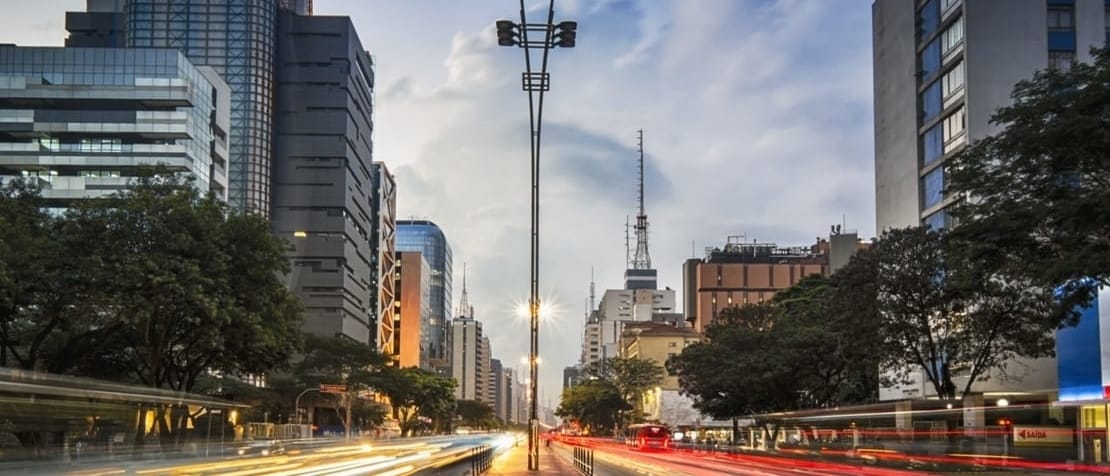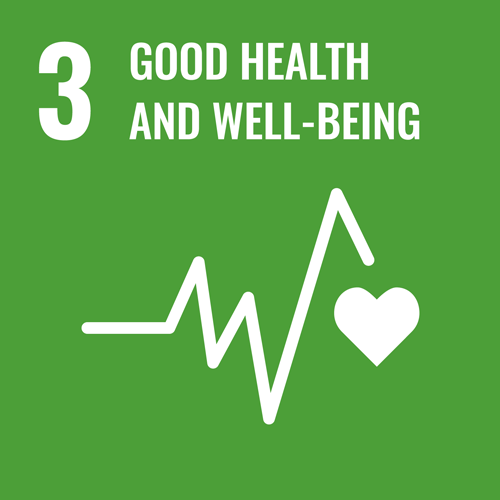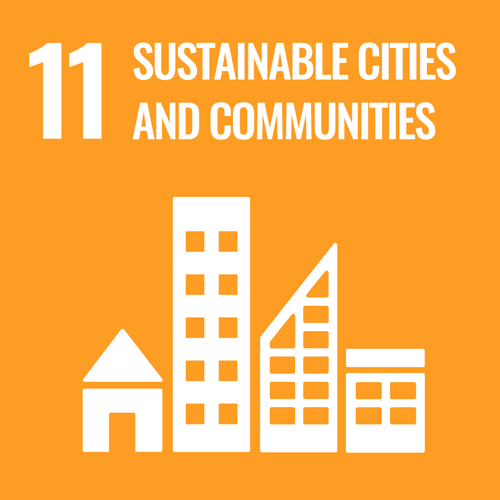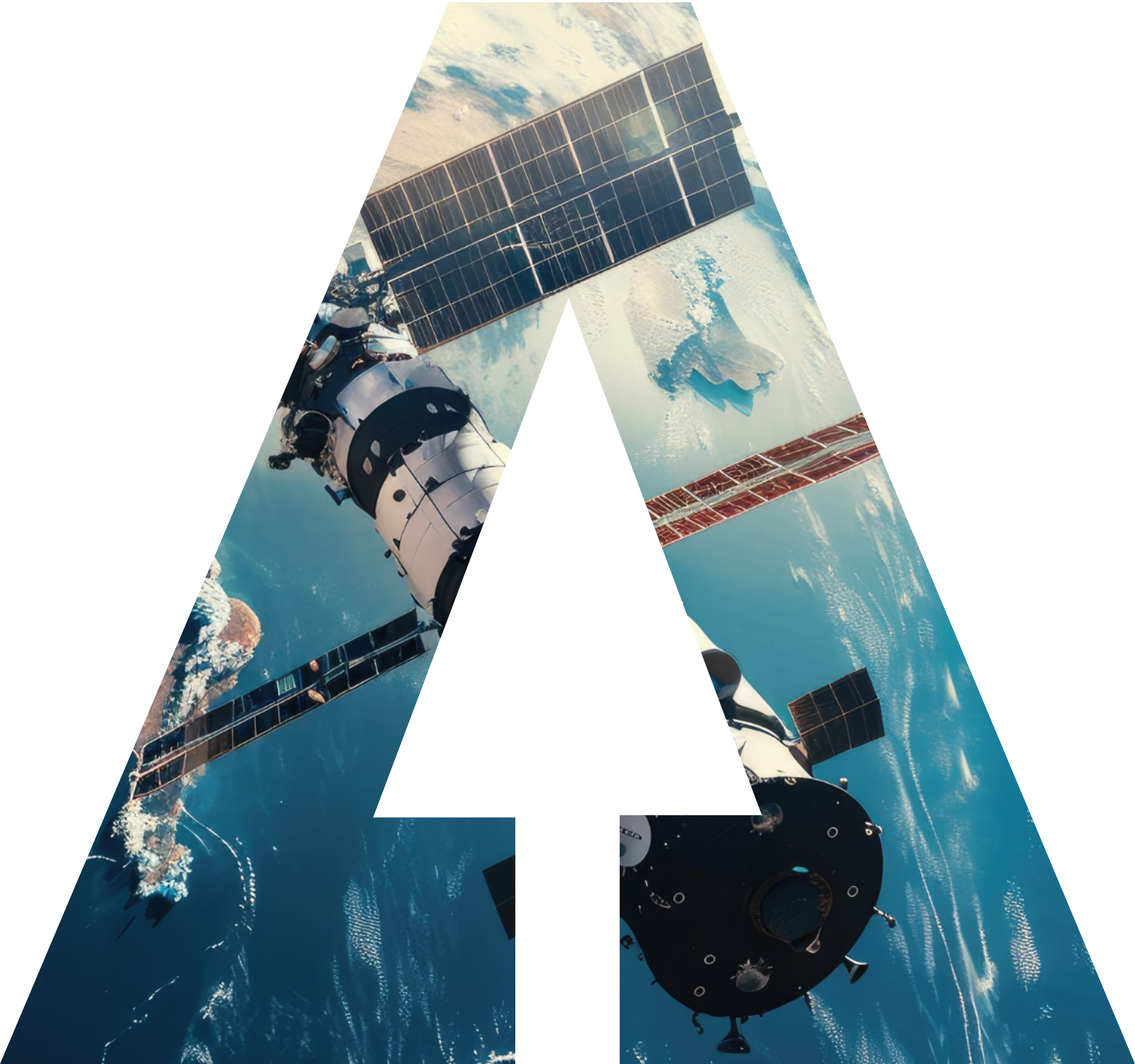The terms ‘Big Data’ and ‘Artificial Intelligence’ are becoming commonplace across industries far beyond the tech sector.
While these concepts are understood in a variety of contexts and ways, the mobile industry views developments in this area as a significant opportunity to develop key learnings that could help save our planet.
Large aggregated, anonymised datasets from mobile networks – what we call ‘mobile Big Data’ – act as a valuable resource and have proven to be a key asset in generating and acting on Artificial Intelligence.
As a new area of innovation, we are still in the early stages of unpacking what AI will become. Fuelled by high-speed connectivity, the wide adoption of smartphones and the power of machine learning, AI will deliver a new category of products and services.
RELATED: What’s next for ‘AI for Good’? 4 key transformations on the horizon.
And when combined with the power of modern Big Data solutions, it has the potential to solve major global challenges, including the ability to help improve health and wellbeing for billions.
For example, with the majority of the global population now residing in urban environments, there are growing concerns for how air pollution is impacting public health. So much so that the World Bank classifies air pollution as the fourth-leading fatal health risk worldwide.
Mobile Big Data and AI are already being applied to a wide range of environments and ecosystems to help preservation, combat epidemics or respond to natural disasters and humanitarian crises.
Monitoring air quality in São Paulo
Demonstrating the value of mobile Big Data, Telefónica Brazil has developed a solution to estimate and predict air quality in São Paulo, the largest city in Brazil with a population of around 12 million.
RELATED: Health For All: using ICTs to reach the last mile
Developed on its ‘LUCA’ Big Data platform, Telefónica uses innovative machine learning algorithms that leverage aggregated, anonymised data from the mobile network, layered with data from weather, traffic and pollution sensors, to map and anticipate pollution levels over the entire city.
The solution can calculate pollution levels 24 to 48 hours in advance, enabling local authorities to take preventative steps if nitrogen dioxide (NO2) emissions risk endangering human health.
By employing mobile Big Data, municipalities can significantly reduce costs, increase accuracy and provide valuable information for decision makers about how to define urban transport policies or address pollution levels.
Broad potential
The potential to expand such ‘mobile Big Data’ solutions through AI is much broader.
Mobile Big Data and AI are already being applied to a wide range of environments and ecosystems to help preservation, combat epidemics or respond to natural disasters and humanitarian crises.
Through mobile connectivity, we can now build rich data sets quickly, providing a powerful tool to help accelerate the achievement of the UN Sustainable Development Goals and create a better future for all.
For more information or to contact us, visit our website.

















